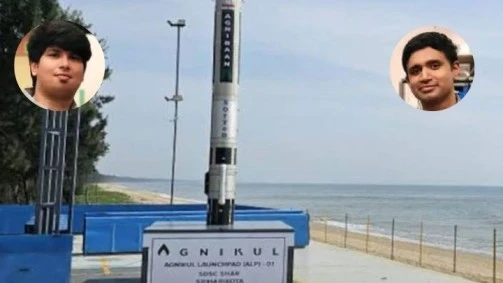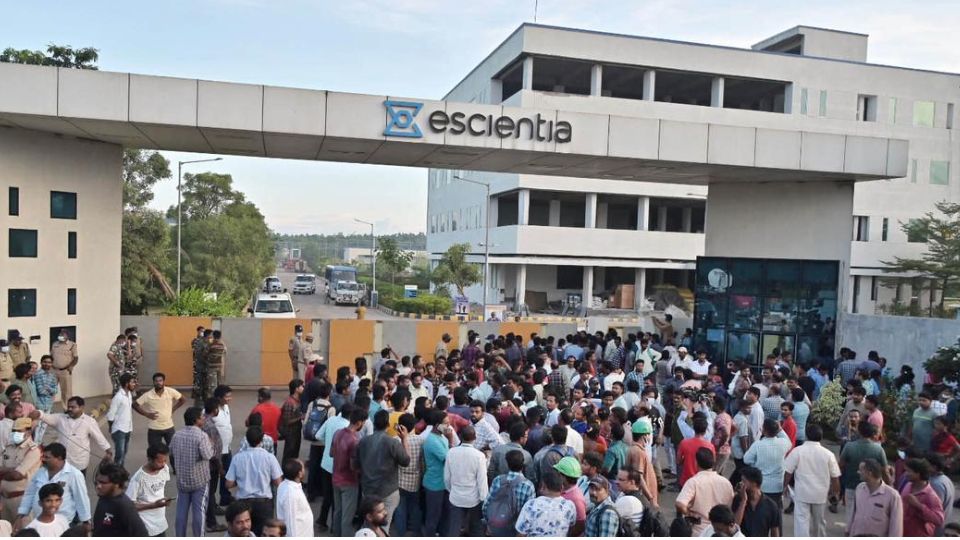On Thursday, Agnikul Cosmos, India’s second private space start-up successfully launched its first-ever sub-orbital launch test powered by the world’s first single-piece 3D-printed rocket engine. Agnibaan SOrTeD (Sub-Orbital Technology Demonstrator) lifted off at 7:15 am with a target of reaching 8 km before hitting the sea.
Flooded with congratulations
The first-ever private launch using the only operational private launchpad at Sriharikota was successful in the fifth attempt. The Indian Space Research Organisation (ISRO) also congratulated Agnikul in a post on X, saying it is “ a major milestone, as the first-ever controlled flight of a semi-cryogenic liquid engine realized through additive manufacturing.”
The IIT Madras- incubated startup developed the launch vehicle demonstrating India’s first semi-cryogenic engine. Agnilet, as the engine is called uses sub-cooled oxygen as fuel.
PM Modi congratulated Agnikul Team:
A remarkable feat which will make the entire nation proud!
The successful launch of Agnibaan rocket powered by world’s first single-piece 3D printed semi-cryogenic engine is a momentous occasion for India’s space sector and a testament to the remarkable ingenuity of our Yuva… https://t.co/iJFyy0dRqq pic.twitter.com/LlUAErHkO9
— Narendra Modi (@narendramodi) May 30, 2024
Plans to launch satellites by the end of FY
Dhanush, the mobile launchpad, was the original plan for this launch vehicle i.e. to launch from any location using the mobile launchpad. Even though this was a sub-orbital launch, it was still equipped to fly payloads ranging from 30kg to 300 kg. The first orbital launch is also plausible. The company expects to carry the satellites to an orbit around the Earth by the end of the financial year and a regular launch in the next calendar year.
Also Read: China’s Covid Expert Prepare Nation For Next Global Pandemic
“This is the culmination of 1000s of hours of reviews and hard work by the team. We are blessed to have had the opportunity and the full support of IN-SPACe and ISRO to design and build original space worthy hardware in India,” said Srinath Ravichandran, co-founder and CEO of Agnikul Cosmos.
About Author
This Article has been written by Ms Anuja Choudhary, a public policy enthusiast and Masters in Philosophy from LSR, DU. With a keen eye for authenticity, she is currently honing her craft as a writer to pen down the voices with utmost sincerity and integrity.











